From the ancient secrets of the Serra de Tramuntana to the handcrafted ice creams of Mallorca’s most iconic parlours, ice cream has been—and continues to be—one of the island’s most beloved treats. More than just a simple indulgence—no longer only a summer one—ice cream in Mallorca has a rich history deeply connected to local traditions, gastronomy, and native ingredients.
A Route Through the Best Ice Cream Parlours in Mallorca
In the midst of a true boom of new ice cream havens opening across Mallorca, what better way to explore than embarking on a delicious route before diving into its history? To begin with, the legendary Ca’n Joan de s’Aigo is a must, sweetening Palma for over 300 years. Also in the capital, as well as in Magaluf, Rivareno is one of the most sought-after ice cream parlours in all of Mallorca, thanks to its creamy Italian recipes.
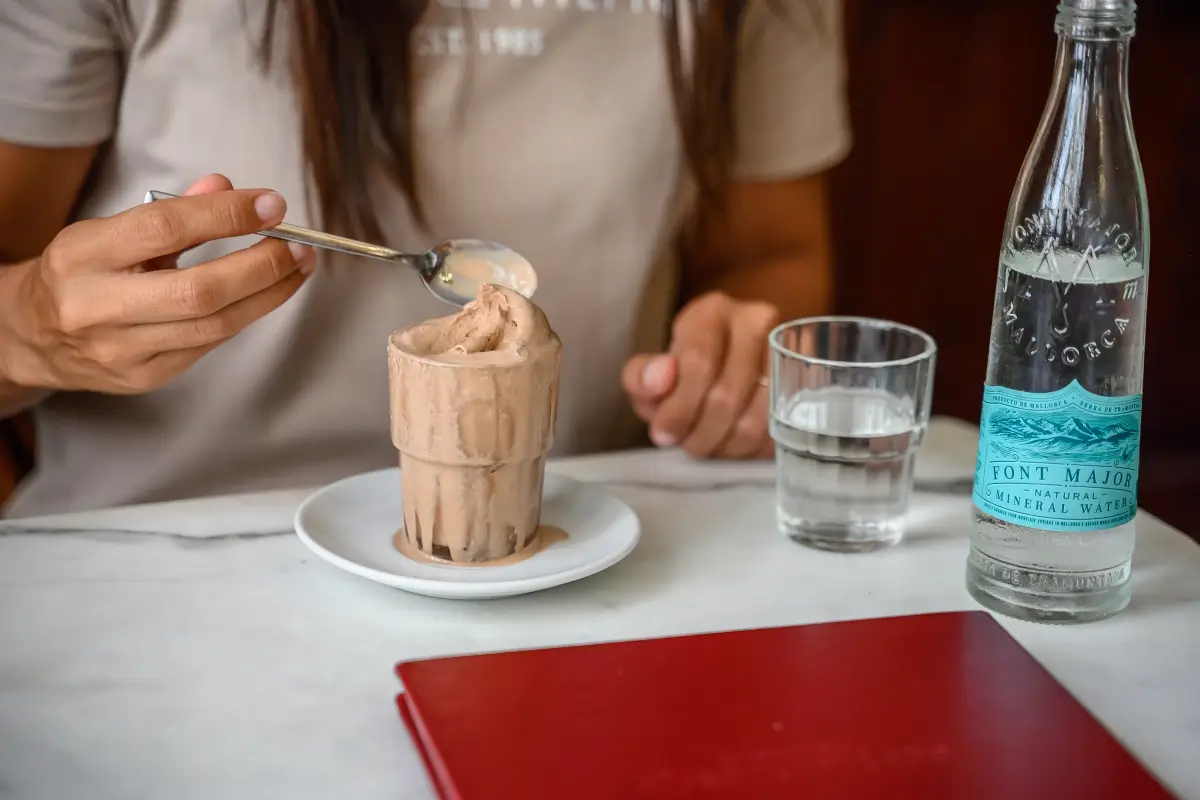
Photo: Ca’n Joan de s’Aigo.
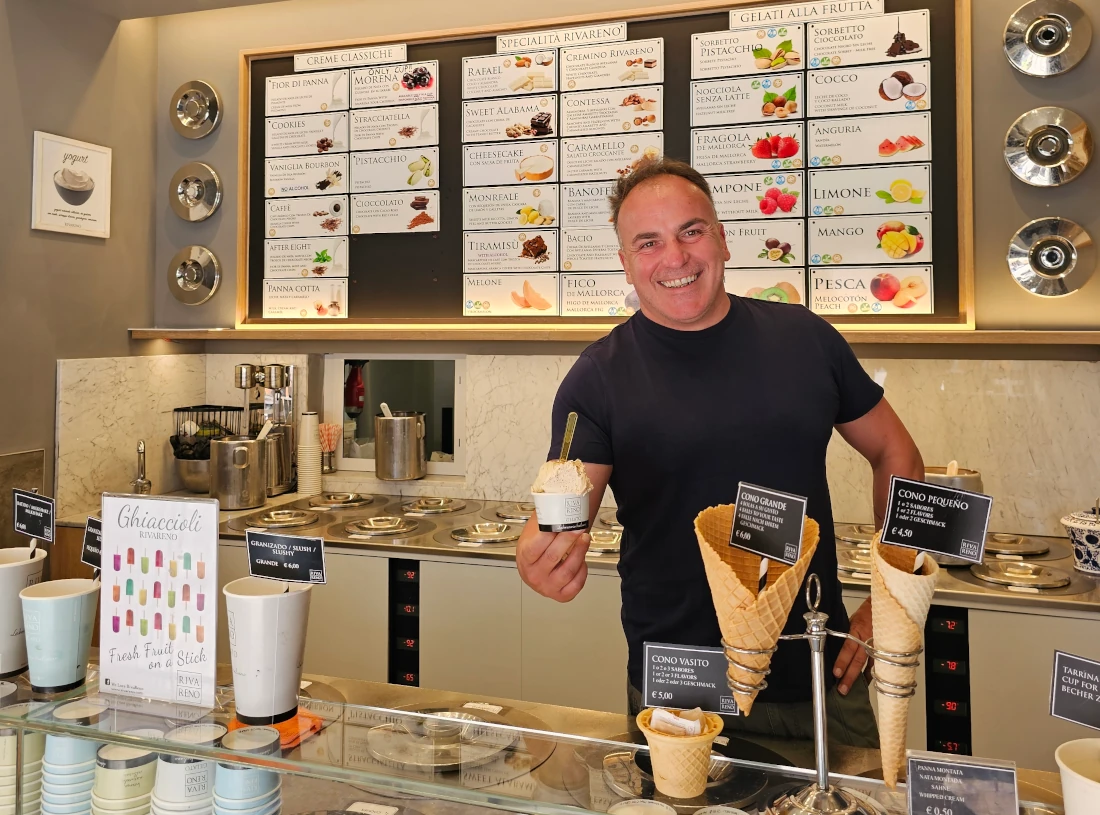
Rivareno Ice Cream Parlour.
The itinerary continues with the innovative flavours of Iceberg, available in Palma and distributed across dozens of points on the island. Gelats Paco, one of the most historic, continues to delight locals and visitors alike, while Capri Gelatos —in Santa Ponça and Port d’Andratx—has been a classic stop in southwest Mallorca since 1979.
Valls Gelat Artesà —in Playa de Muro—and Es Colonial —in Colònia de Sant Jordi—rank among Spain’s best and are committed to local products and artisanal recipes. Cremola, in Palma, boasts international awards and even offers ice cream for dogs, while at Heladería Giovanni on central Jaime II street, their pistachio ice cream with Es Trenc salt was named the best in the world. The decor there is a true museum of gelat. Lastly, the Argentinean Che Gelats, now with three locations in the capital, have earned a spot among sweet lovers.
- Heladería Can Miquel.
From the Tramuntana to the Palate
The origin of ice cream in Mallorca is tied to the ancient wells or cases de neu in the Serra de Tramuntana, where snow was stored during winter as far back as the 16th century to preserve it through the summer. This snow was compacted and used to cool drinks and desserts in noble households.
The predecessor of Mallorcan ice cream is linked to Joan de S’Aigo, an entrepreneur who, in the early 18th century, came up with the idea of mixing that mountain snow with fruit juice. He later introduced the iconic gelat d’ametlla, made by hand and chilled with a manual churn still preserved at Can Joan de S’Aigo on Sanç Street. At the time, locals would enjoy ice cream after Corpus mass.
In the 19th century, with the arrival of new techniques and the rise of refrigeration, the island saw the birth of its first artisanal ice cream parlours. A key influence was the Italian tradition—Sicilian Francesco Procopio dei Coltelli is considered the father of ice cream in 1660—especially in Palma, where Italian-origin ice cream makers brought recipes and methods that still endure today.
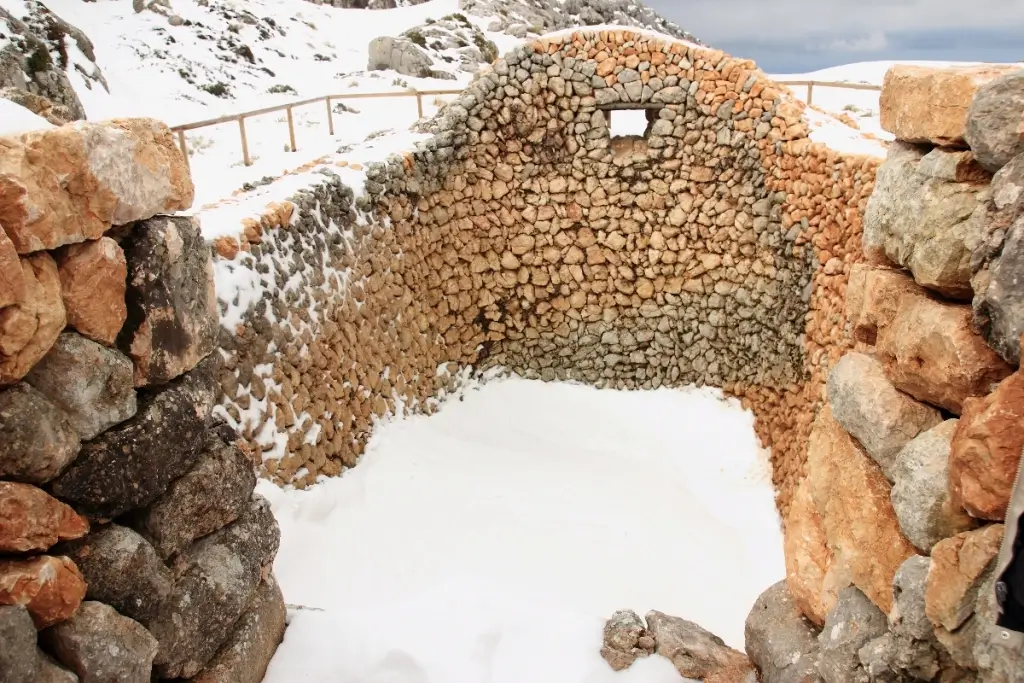
Cases de neu.
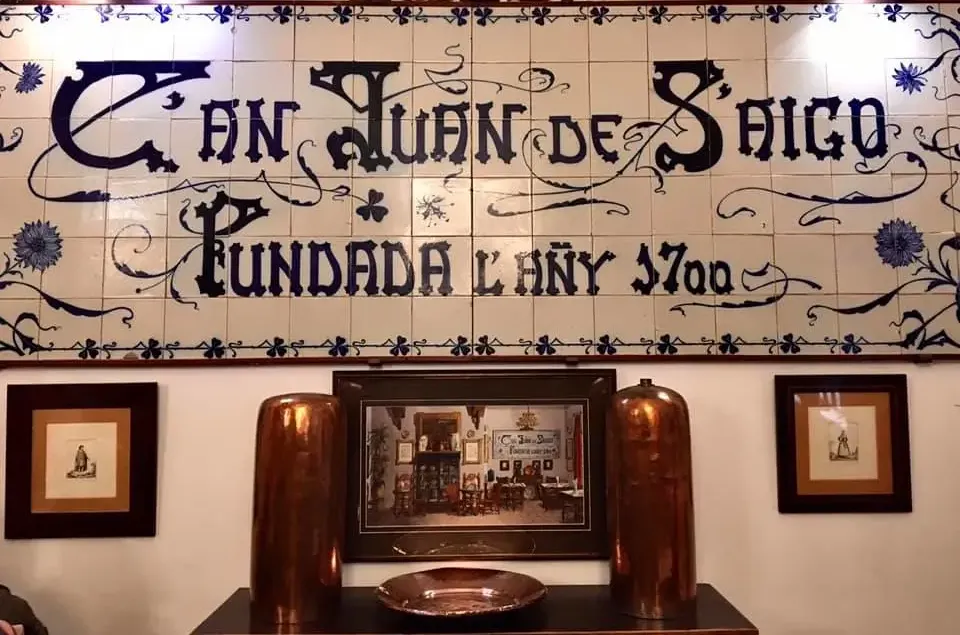
Ca’n Joan de s’Aigo.[/caption>
The Island’s Most Iconic Flavours
If there’s a flavour that captures the essence of Mallorca in an ice cream, it’s almond. Traditionally made with raw local almonds, milk, sugar, lemon peel, and cinnamon, this was the first ice cream produced on the island by Ca’n Joan de S’Aigo—and it remains an undisputed classic.
Over time, Mallorca’s ice cream flavours expanded to include native ingredients. Sóller orange ice cream—sweet and refreshing—became another must-try, alongside lemon, often combined with spearmint. Other highlights include flavours inspired by local liqueur, like Mallorcan herbs, or the beloved ensaïmada pastry.
In recent years, creativity and a desire to highlight local culture have sparked bold new combinations like dried fig and walnut, almond gató cake, or even ice cream made with sobrassada, ensaïmada, and apricot jam—a sweet-and-savoury fusion that surprises (and sometimes shocks) the most curious palates.
Today, ice cream parlours continue to experiment while staying true to local ingredients, making ice cream one more delicious way to savour Mallorca.
The Value of Artisan Craft

Crafting artisan ice cream is a process that blends tradition, technique, and quality ingredients. It all begins with mixing the base: milk, sugar, fruit or nuts, and sometimes egg yolks, cinnamon, or citrus peel. Then it is pasteurised—heated to eliminate bacteria and stabilise the mixture. Afterward, it’s cooled and left to rest—a maturation phase allowing the flavours to integrate. Next comes churning, where the mixture is frozen while being stirred to naturally incorporate air, creating a denser, creamier texture. Finally, it is frozen to the right temperature.
Today, those old bombes de fer gelat—where the whole family would take turns turning the crank—have been replaced by professional machines, but the process still honours that craftsmanship. The result: a deeper, more authentic flavour. By using fresh, natural ingredients, the taste is purer—without artificial flavours or extracts.
Treat or Nourishment? The Nutritional Value of Ice Cream
Although often considered a summer treat, ice cream—especially the artisan kind—can be part of a balanced diet if consumed in moderation. Its basic ingredients include milk or plant-based drinks, sugar, fruit or nuts, and sometimes eggs. In Mallorca, almond ice cream stands out for its nutritional profile: it contains healthy fats, proteins, and minerals like calcium and magnesium. Citrus-based ice creams offer vitamins and antioxidants.
The difference between artisan and industrial ice cream is crucial. The former prioritises fresh, high-quality ingredients with no artificial aromas or preservatives, achieving its texture naturally without excess air. Moreover, many artisan ice creams use local and seasonal produce. In contrast, industrial ice creams often include additives, low-quality vegetable fats, and emulsifiers that prolong shelf life but lower nutritional value.
While calorie and sugar content shouldn’t be underestimated, choosing a quality ice cream made with natural, non-ultraprocessed ingredients doesn’t have to be an indulgence—it can be a delicious way to care for yourself without giving up pleasure.
Memories That Define Generations
- Foto: FAM.
- Foto: Fam.
- Foto: FAM.
From street carts to glass display counters, ice cream parlours have been a summer staple in Mallorca for generations. Names like El Rubio, with his cart parked outside Palma’s schools; Toni in Cala Major; or Mr. Whippy with its unmistakable tune in Can Pastilla, evoke a time when ice cream cost one peseta and was the best reward of the day. That’s how Francisco Aznar, founder of Helados Paco in the 1950s, got his start. His artisan legacy lives on today—with shops in Blanquerna and Benet Pons i Fàbregues—now run by the third generation as Gelats Paco.
Other iconic ice cream parlours like Ca’n Miquel (1979), famous for its savoury flavours; Gelats Jop (1991), inherited from the Pomar family; or Sa Fàbrica de Gelats (1994) in Sóller, have withstood the test of time. So has Helados Bellver (1980), whose master ice cream makers have launched a new chapter under the name Fred i bo Gelat Artesà, creating new generational flavours like Rebentat or pomada Xoriguer. Meanwhile, some beloved spots closed after decades of service, like Granja Royal or Longarone.
Beyond Dessert
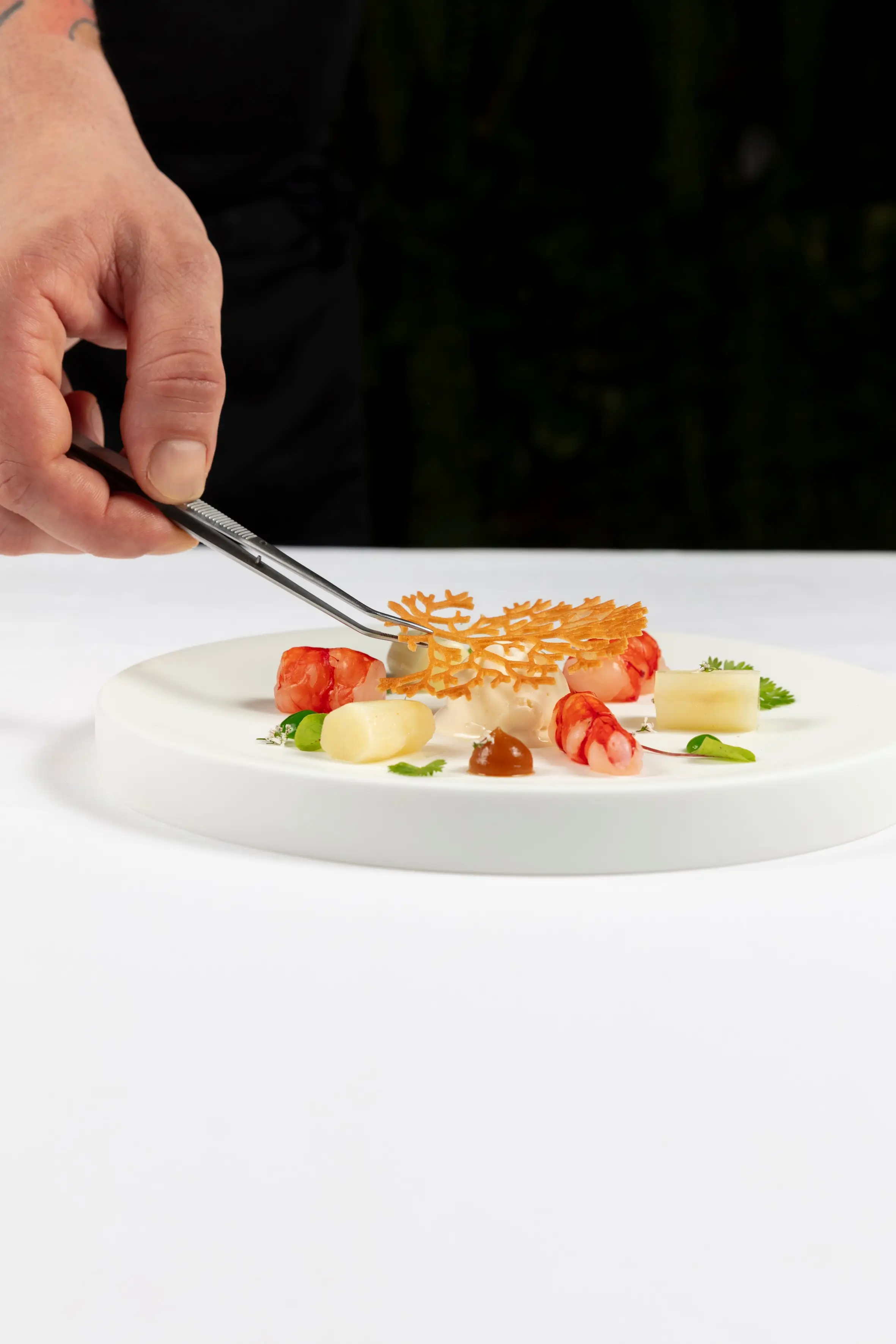 Photo: Marc Fosh Restaurant.
Photo: Marc Fosh Restaurant.
Ice cream has evolved from a summer tradition into a true gastronomic experience that transcends dessert. Today, it’s a constantly reinvented offering, adapting to new consumer demands and the creativity of local chefs.
From the classic cone to haute cuisine, ice cream—even in Mallorca—is undergoing a creative revolution. Vegan options, sugar-free varieties, exotic ingredients, and new techniques have expanded the flavour map far beyond dessert.
Haute cuisine has embraced this evolution. At the Michelin two-starred Voro, chef Álvaro Salazar transforms the traditional espeto skewer into a surprising ice cream. At the acclaimed Marc Fosh, white asparagus and elderflower ice cream accompanies brined red prawns, chervil emulsion, and head juice.
These bold creations prove that ice cream in Mallorca no longer just cools—it now delights, surprises, and pairs with the unexpected.
Recipe: Homemade Mallorcan Almond Ice Cream
Ingredients:
- 150 g toasted and ground Mallorcan almond (you can also use 100% natural almond paste)
- 500 ml whole milk
- 200 ml heavy cream (minimum 35% fat)
- 100 g sugar
- 1 egg yolk (optional)
- A pinch of salt
- Cinnamon or lemon peel (optional)
With ice cream maker:
In a saucepan, heat the milk with the cream and sugar. Add a strip of lemon peel or a cinnamon stick. Stir until the sugar dissolves.
Add the ground almond and a pinch of salt. Cook over low heat for 5 minutes, without boiling.
Remove from heat and let it cool slightly. Beat the egg yolk and add it once the mixture is lukewarm. Mix well.
Refrigerate the mixture for at least 4 hours (preferably overnight).
Once chilled, pour it into the ice cream maker and follow the instructions until it reaches a creamy texture.
Freeze for a few hours before serving.
Without ice cream maker:
Follow steps 1 to 4.
Pour the cold mixture into a freezer-safe container.
Freeze for 4–6 hours, stirring every 30–45 minutes for a creamier texture.
Keep Reading
This feature on ice cream in Mallorca is included in the guide Mallorca Caprice, Mediterranean Happiness Guide, 2025–2026 edition. Access it here.
Want to learn more about this frozen pleasure? Don’t miss the interview with Riccardo Falcone, owner of the Rivareno ice cream parlours in Mallorca.

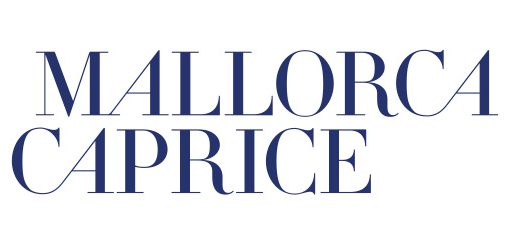
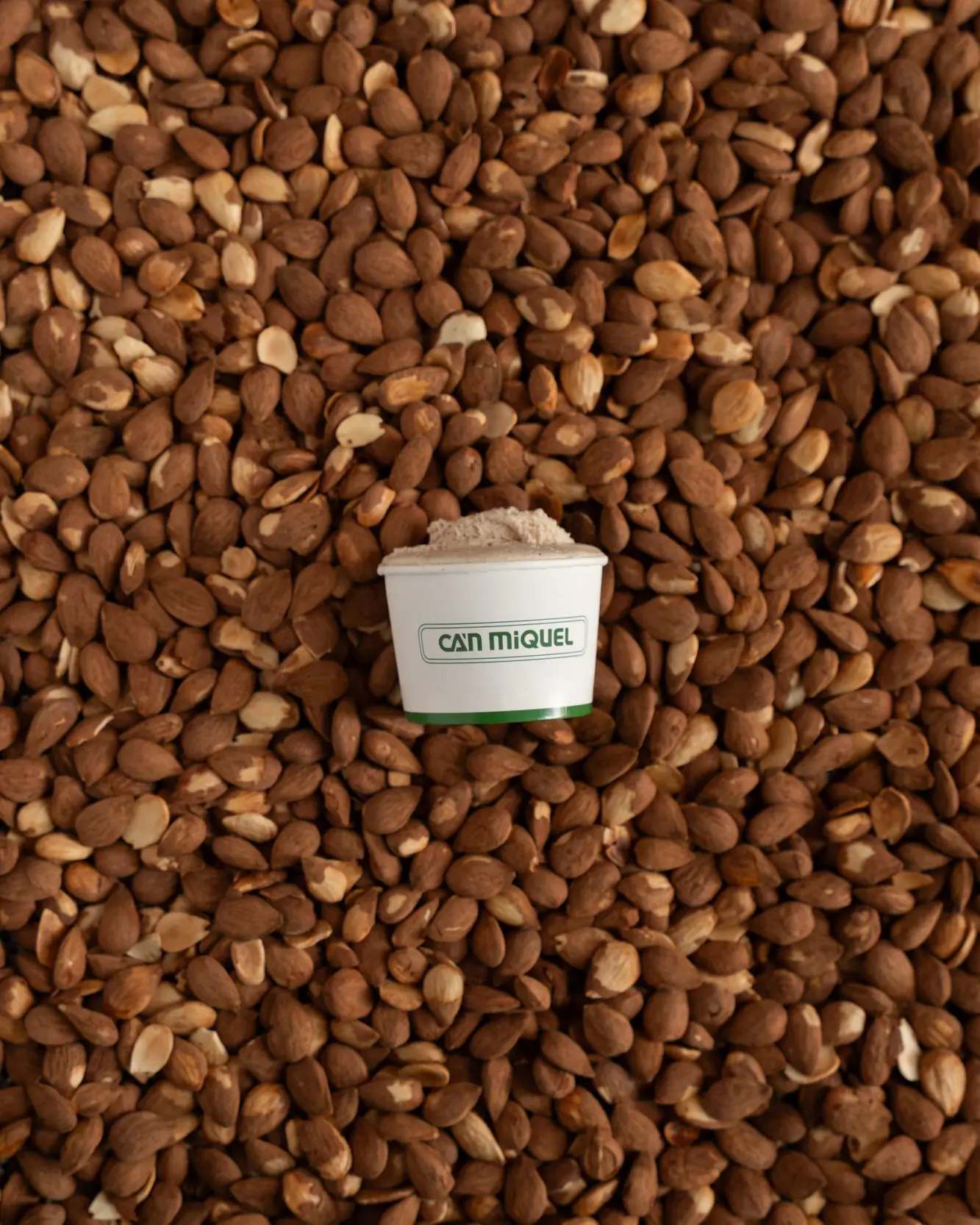
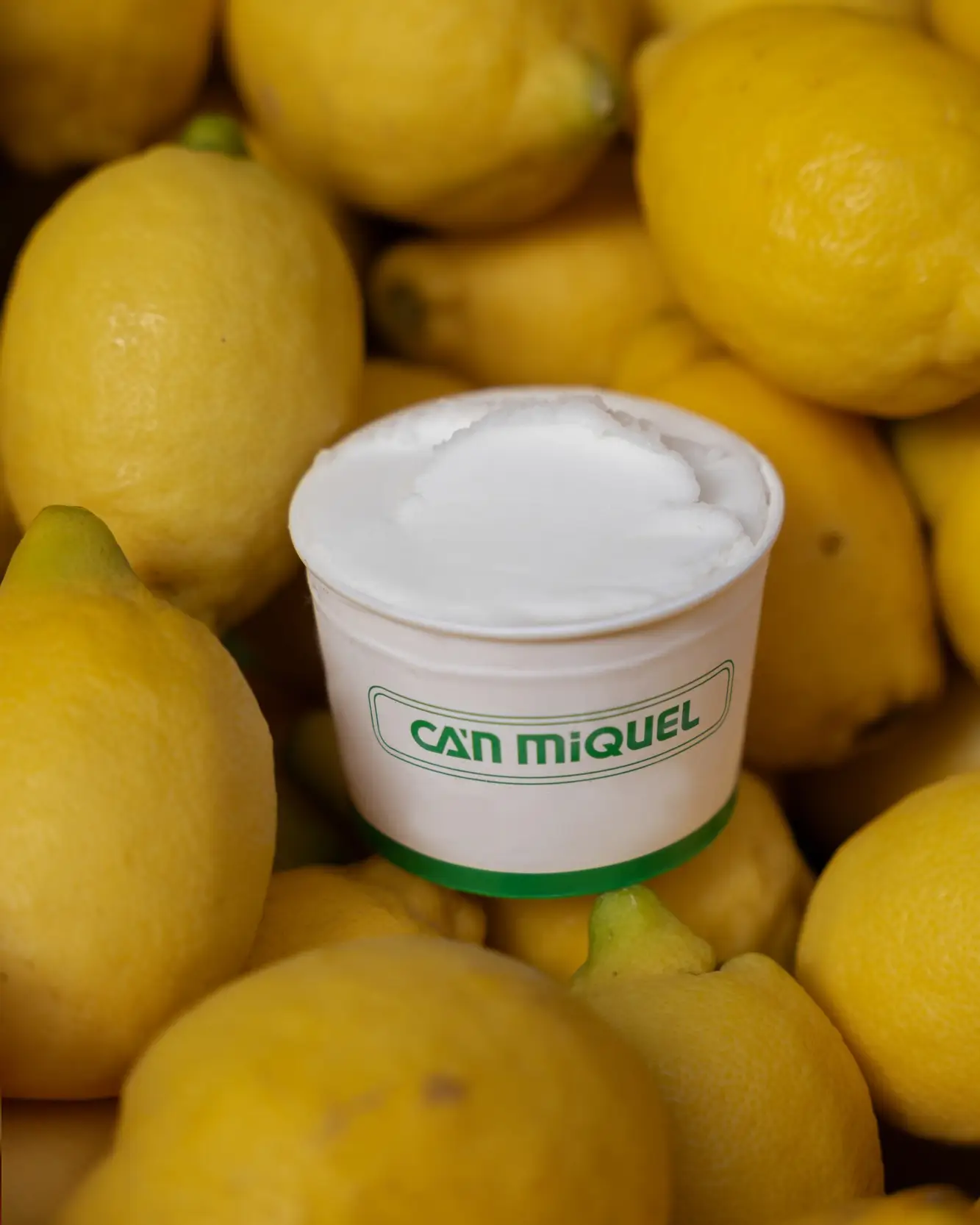
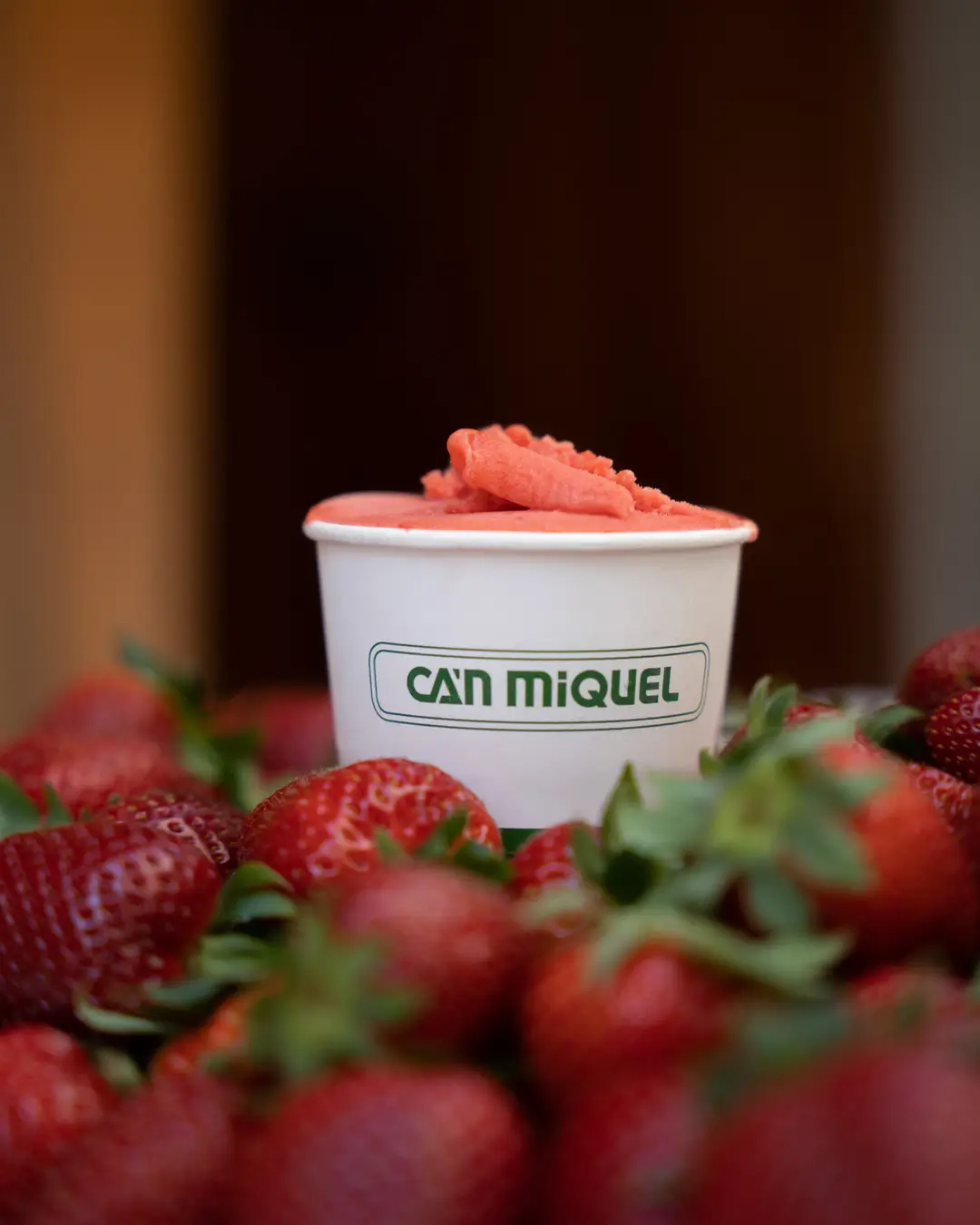
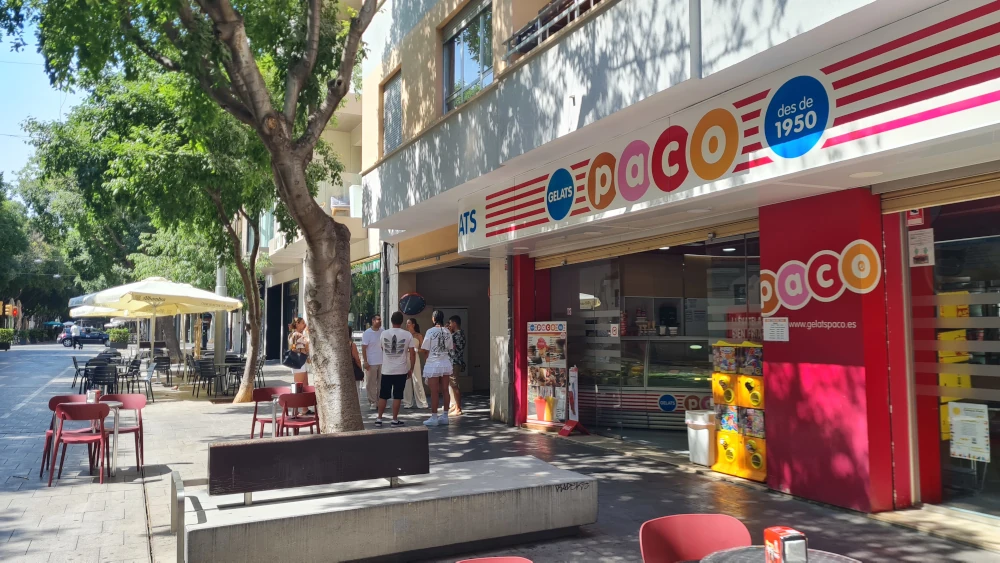
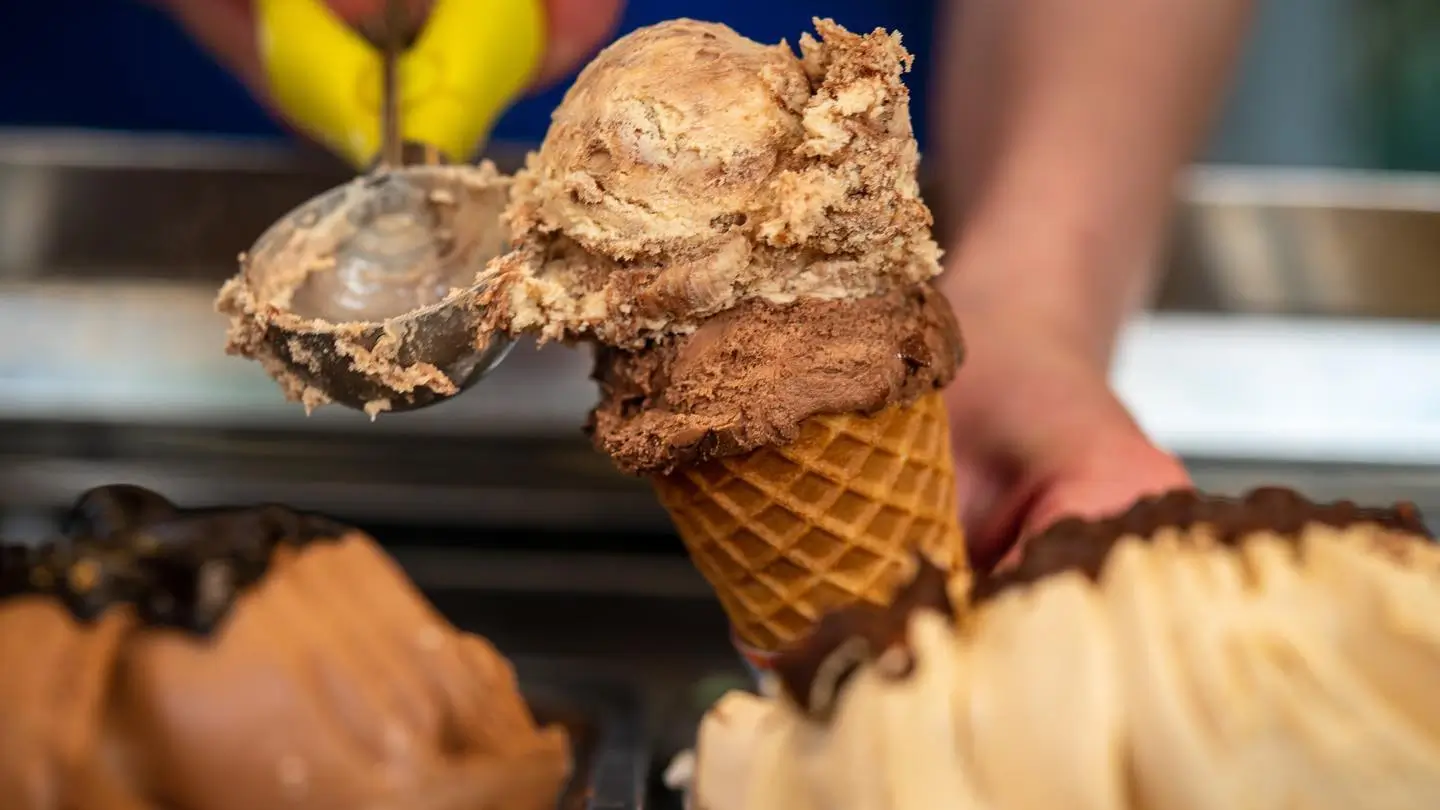
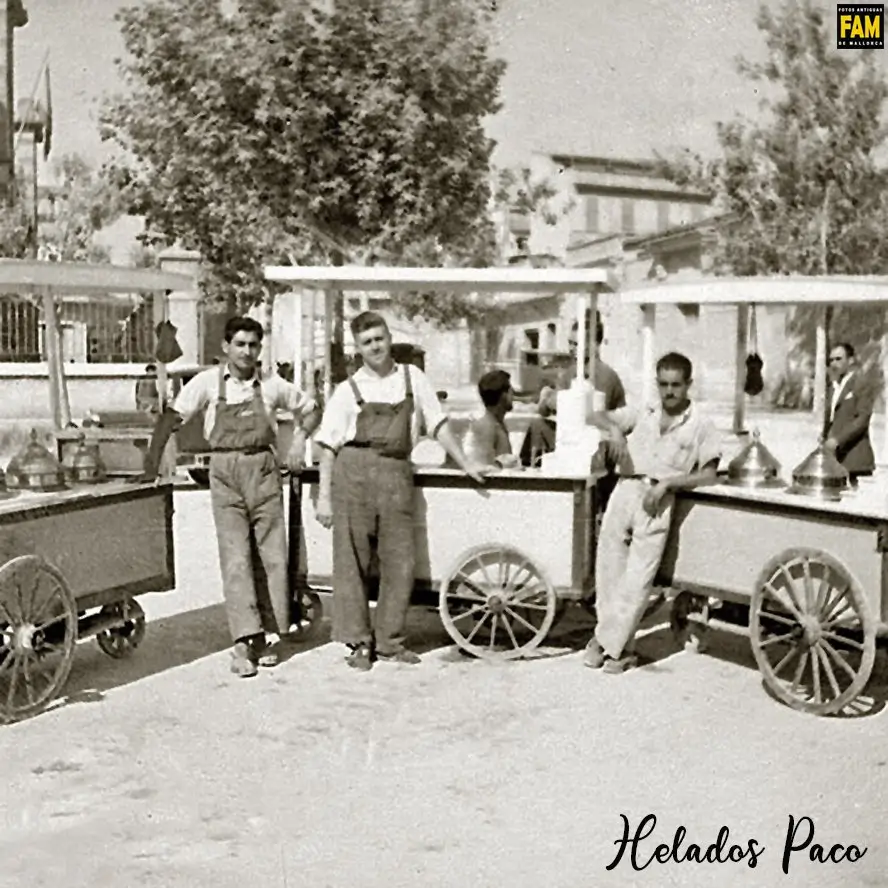
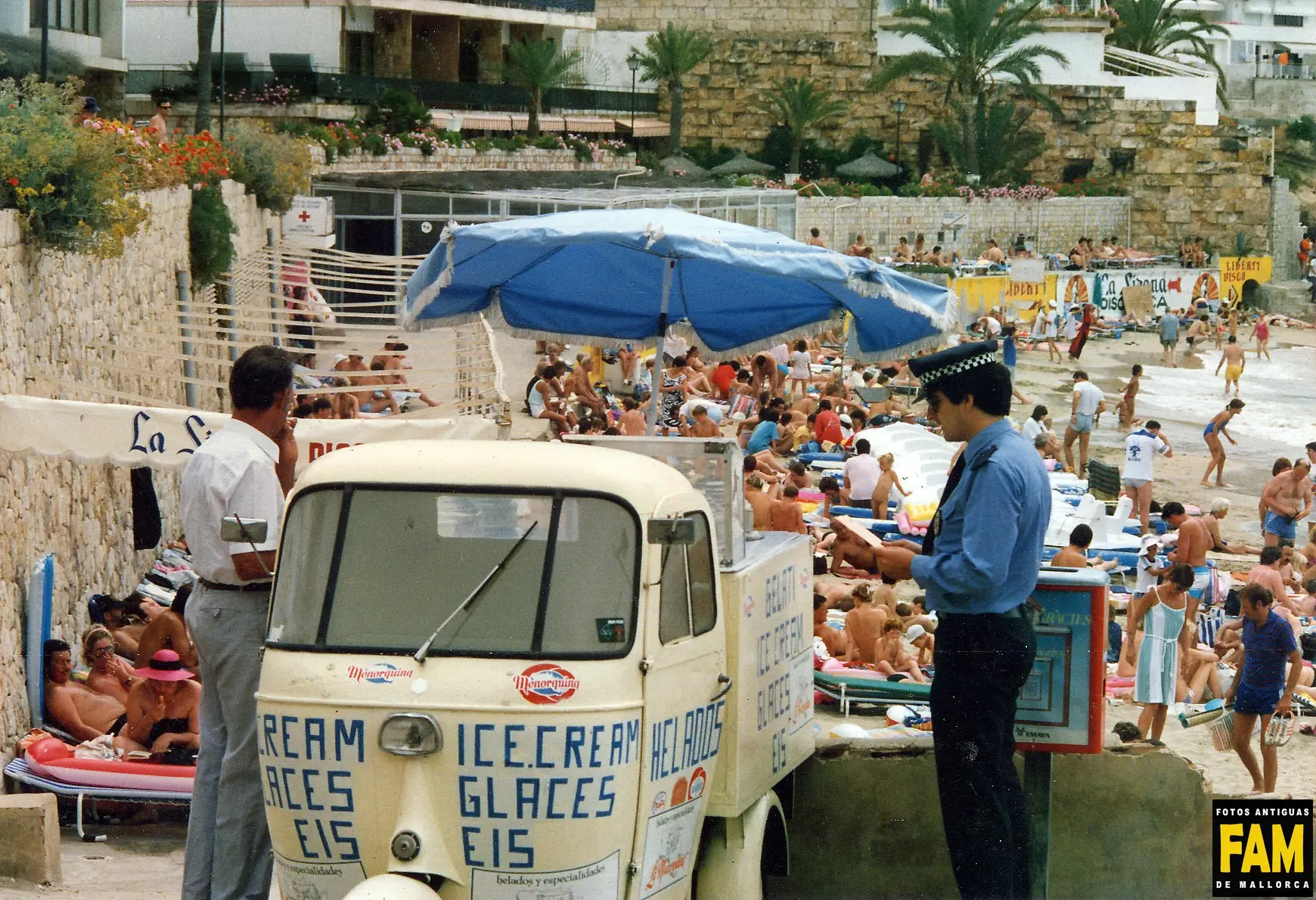
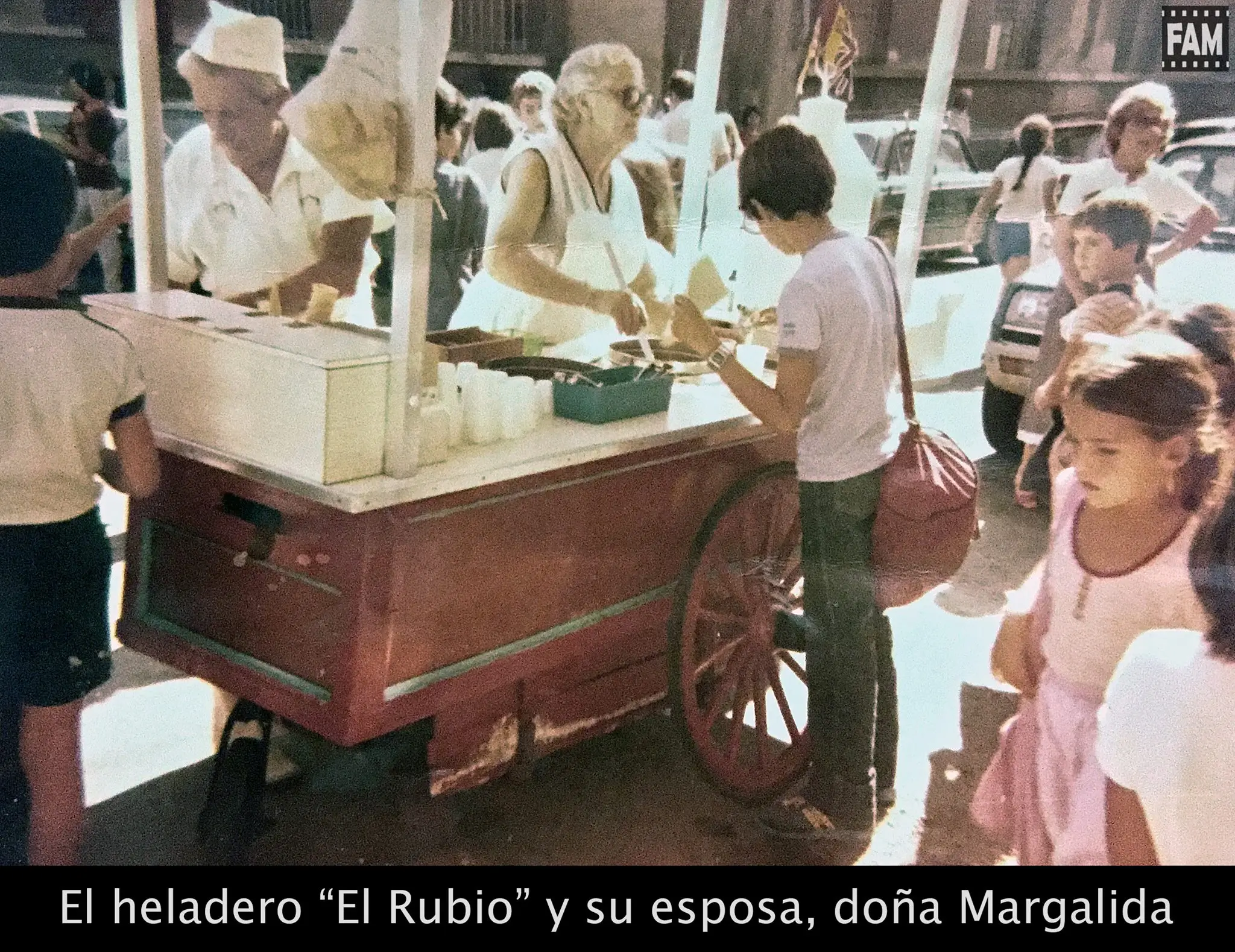


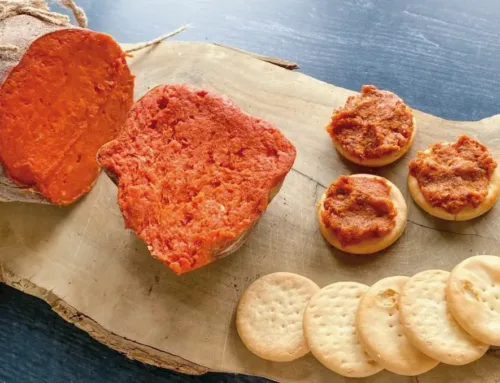
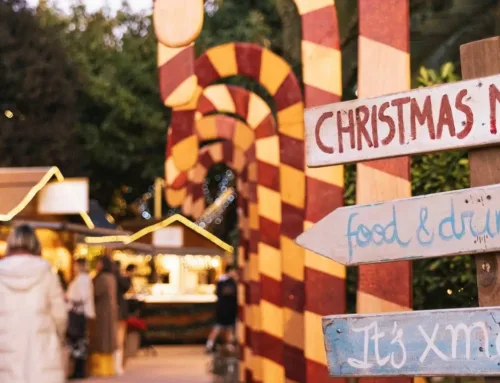


Leave A Comment